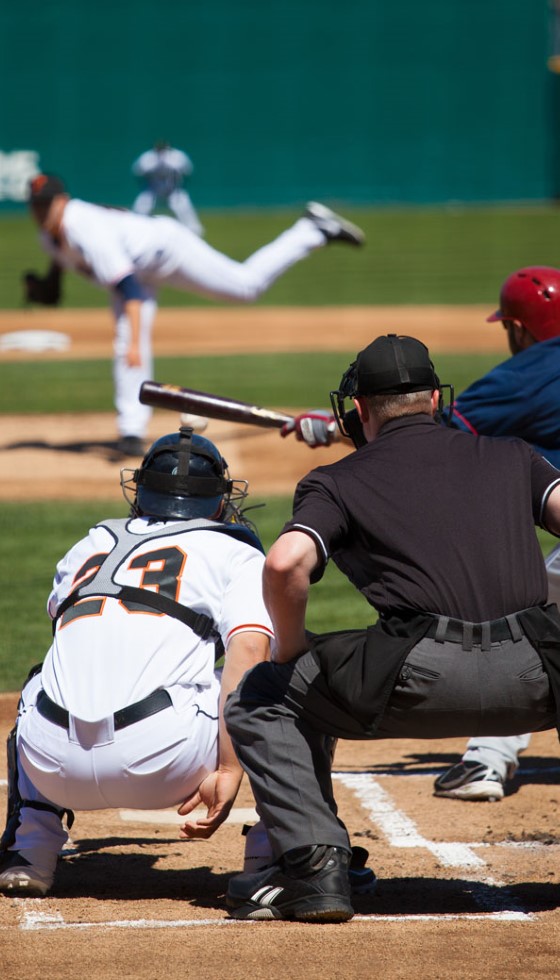
In the realm of Major League Baseball, few ceremonies can match the gravitas and legacy of the Hall of Fame induction. This year's ballot holds significant weight, not just for the baseball legends vying for a spot, but also for a particular sports journalist casting an official vote for the first time. This unique opportunity offers a nuanced blend of objectivity and the intangible feel that Hall of Fame decisions often demand.
The Hall of Fame Ballot Dynamics
The ballot this year is filled with names that evoke deep-rooted debates and complex memories for baseball enthusiasts everywhere. Notably, Ichiro Suzuki stands as a towering figure on this list. A latecomer to Major League Baseball, joining at the age of 27, Ichiro made an indelible mark by achieving over 3,000 hits, a .311 batting average, and 509 stolen bases in his career. Reflecting on Ichiro's impact, a sports journalist remarked, "There's a 'feel' factor to him," acknowledging the blend of skill and charisma that the iconic player brings to the table.
However, the decision-making process for Hall of Fame voters is not solely reliant on statistics. As the journalist pointed out, "The Lofton/Ichiro comp is a great example of how HOF is definitely not a mere stats-based vote." This reveals the intricate considerations voters face, especially when juxtaposing recent nominees with those already enshrined, like Kenny Lofton.
Controversies and Comparisons
The ballot also features polarizing figures like Barry Bonds and Roger Clemens, whose careers are continually dissected due to their links to performance-enhancing substances. Similarly, players like Beltran and McCann are tainted by the 2017 cheating scandal. The complexities extend further with figures like Alex Rodriguez and Manny Ramirez, whose names have been inextricably linked to steroid use. The Hall of Fame discourse inevitably branches into wider discussions on ethics and the evolving parameters of sports greatness.
"How do you compare WAR for players currently on the ballot with players already in the HOF?" a reader inquires about the updated metrics used in these decisions. This points to another layer of evaluation criteria where Wins Above Replacement (WAR) can assist, albeit not dictate, the ultimate judgment.
Acknowledging Past and Future Legends
An intriguing trend emerges as more players from the 1920s and 1930s secure their places over their 1980s and 1990s counterparts. Such disparities add another dimension to the rich tapestry of baseball history and its influential players. Amongst this, Félix Hernández, a player with a celebrated career, having won a Cy Young Award and finishing second in voting twice, poses more contemporary deliberations.
The journalist candidly shared, "He's pretty clearly below the Hall of Fame line, basically, but I've been having second thoughts now about not voting for him." This introspective reflection underlines the persisting challenges voters face, having to balance between tangible achievements and the subjective measures of a player's influence and legacy.
A Single Vote in a Larger Symphony
Amidst these judgments and evaluations, the journalist humbly notes, "I'm not the sole Hall of Fame voter. I don't get to decide which players get in or are left out." The individual role of a voter here is a reminder that while each vote is significant, it is part of a larger chorus that together defines the ethos of baseball history.
This year's Hall of Fame ballot encapsulates a vibrant mix of nostalgia, controversy, and prospective glory. As narratives unfold and decisions are finalized, fans and critics alike will watch closely, understanding that each vote carries with it a lifetime of memories and the promise of preserving the sport's storied tradition.